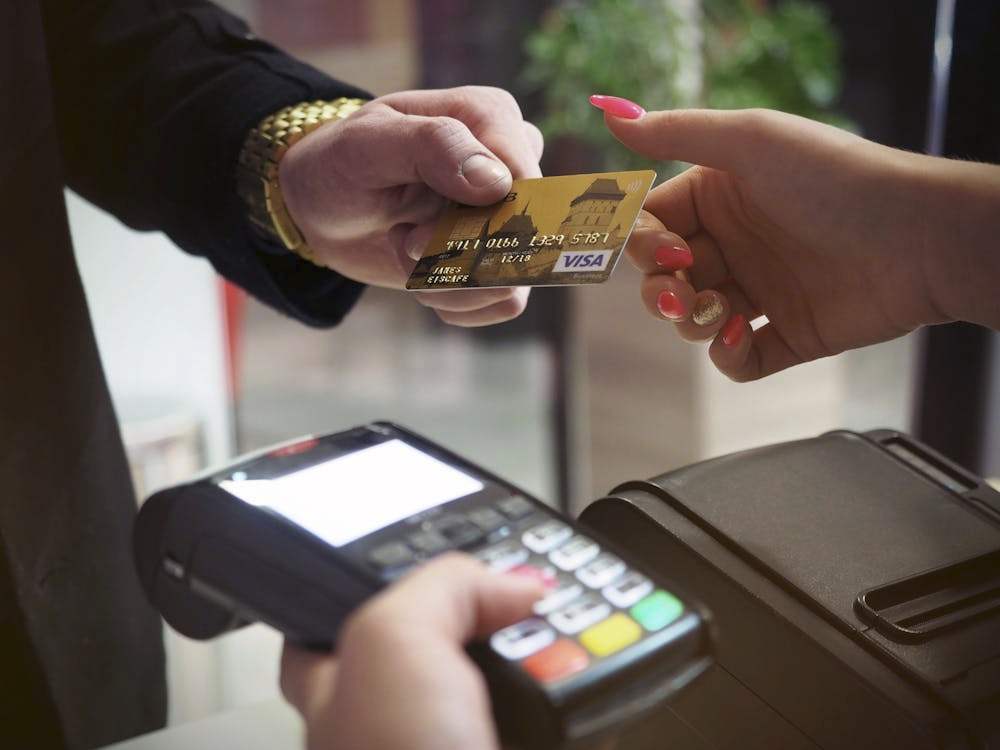Efficient payment services are vital for businesses across all industries. As customers increasingly expect seamless and secure transactions, companies must adapt and enhance their payment solutions to stay competitive.
Whether you’re a small startup or a large corporation, understanding the intricacies of payment services can significantly impact customer satisfaction and overall business success. This article will explore six essential tips to improve payment services, highlighting best practices and innovative strategies to streamline processes, reduce costs, and elevate the customer experience.
Focusing on POS Systems
Point-of-sale (POS) systems are essential tools for businesses of all sizes, enabling them to accept various forms of payment and track sales data. However, with the advancement of technology, traditional POS systems are becoming obsolete as they lack key features such as mobility and integration capabilities. To improve payment services, companies should invest in modern POS solutions that offer contactless options, inventory management, and real-time analytics.
With a robust and versatile POS system in place, businesses can enhance customer convenience and increase efficiency. Whether you need a POS system for dispensary or retail, choosing the right provider and platform is crucial for optimizing payment services. It’s also important to regularly update and maintain your POS system to ensure it is functioning at its best.
Integrating your POS system with other business tools such as accounting software or customer relationship management (CRM) systems can further streamline processes and provide valuable insights into your sales and financial data. Consider investing in a cloud-based POS system that offers seamless integration with other essential tools to improve payment services and overall business operations.
Embracing Contactless Payments
The rise of contactless payment methods has reshaped the way consumers conduct transactions. As convenience becomes a priority for customers, adopting contactless solutions can significantly enhance their experience. Businesses that offer tap-and-go options not only speed up the checkout process but also cater to the increasing demand for hygiene and safety, especially in light of recent global events.
By integrating NFC (Near Field Communication) technology into payment systems, businesses can accept various payment methods, including credit cards, smartphones, and smartwatches, all with a simple tap. This convenience can attract more customers, reduce wait times, and improve transaction efficiency. Moreover, it positions the business as modern and customer-friendly, which can influence consumer loyalty.
Implementing contactless payment solutions often entails choosing the right payment processor and ensuring that the hardware and software support the necessary technology. Regular training for staff on how to handle contactless transactions can also prevent errors and improve customer service, making the transition smooth for everyone involved.
Utilizing Mobile Payment Solutions
Mobile payment solutions have gained popularity as smartphones become a primary tool for managing personal finances. Enabling payments through mobile wallets like Apple Pay or Google Wallet not only aligns with consumer preferences but also offers an additional layer of convenience for customers.
Companies that adopt mobile payment solutions can tap into a broader customer base, attracting tech-savvy individuals who prefer digital wallets over traditional methods. This flexibility enhances the overall customer experience and demonstrates the business’s commitment to meeting modern consumer needs.
To implement mobile payment solutions effectively, businesses need to ensure their payment gateways are compatible with mobile wallets and that the checkout process is streamlined for users. Providing clear instructions for customers less familiar with mobile payments will foster confidence and encourage usage, further driving sales.
Streamlining Online Payment Processes
As e-commerce continues to flourish, companies must prioritize online payment processes. A seamless checkout experience can significantly reduce cart abandonment rates, boost sales, and enhance customer satisfaction. Optimizing website design and ensuring payment pages load quickly can create a smoother shopping experience.
Offering diverse payment options can cater to different customer preferences, from credit and debit cards to digital wallets and buy-now-pay-later services. Providing customers with their preferred payment method not only builds trust but also encourages repeat business.
Regularly reviewing and testing the online payment process is crucial to identify and rectify any potential issues. By gathering customer feedback on their online shopping experience, businesses can make necessary adjustments that further streamline the payment process and enhance user experience.
Ensuring Security in Payment Transactions
Payment security is a fundamental concern for both businesses and consumers. With cyber threats becoming more sophisticated, companies must proactively implement robust security measures to protect sensitive customer data. Doing their own research into the question “is tokenization secure” and ensuring encryption happens at all stages of a customer journey is key. When it comes to compliance rules the same is true, adhering to PCI DSS (Payment Card Industry Data Security Standards) is an essential step in safeguarding transactions and continuing to do business online.
Educating customers about the security measures in place can foster trust and encourage them to make transactions confidently. Displaying security badges or certifications prominently can reassure customers that their information is being handled safely and responsibly.
Continuously monitoring payment systems for vulnerabilities and making necessary updates will help shield against potential security breaches. Establishing contingency plans for handling breaches, should they occur, will also ensure that organizations are prepared to respond swiftly and maintain customer trust.
Providing Excellent Customer Support
Investing in customer support is vital for handling payment-related inquiries and concerns. A dedicated support team that is knowledgeable about payment processes and systems can address issues quickly, ensuring minimal disruption for customers. Offering multiple channels for support, such as phone, chat, or email, enhances accessibility and convenience for customers.
Implementing a comprehensive FAQ section on the website can help customers find answers to common questions regarding payment processes. Having easily navigable resources available can empower customers to resolve issues independently and improve their overall experience with the business.
Collecting feedback from customers on their support interactions can guide improvements in service offerings. By identifying patterns in feedback, businesses can tailor their support strategies to better meet customer needs, ultimately enhancing satisfaction and loyalty. It’s also essential to regularly train support staff to stay updated on any changes or advancements in payment services and processes.
Efficient payment services are crucial for businesses looking to thrive in today’s competitive landscape. By understanding the latest trends and best practices in payment solutions, companies can optimize their processes, reduce costs, and elevate the customer experience.
From modern POS systems and contactless payments to mobile solutions and streamlined online processes, there are various strategies that businesses can adopt to improve their payment services. Prioritizing security measures and investing in excellent customer support further reinforces a business’s commitment to providing seamless and secure transactions for its customers.




